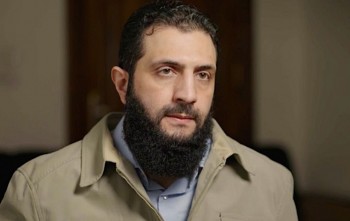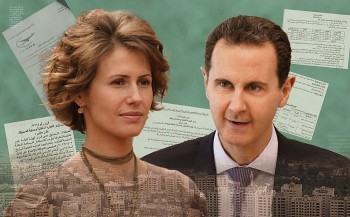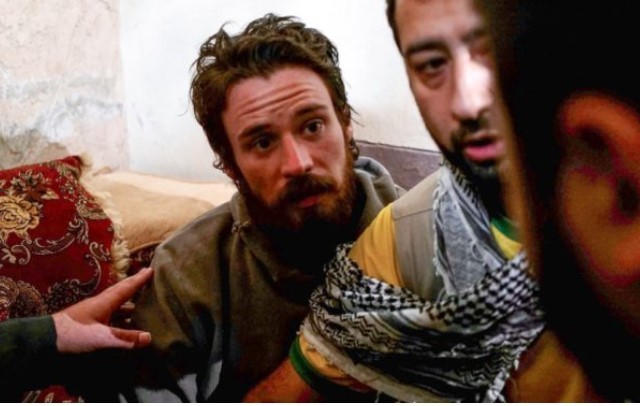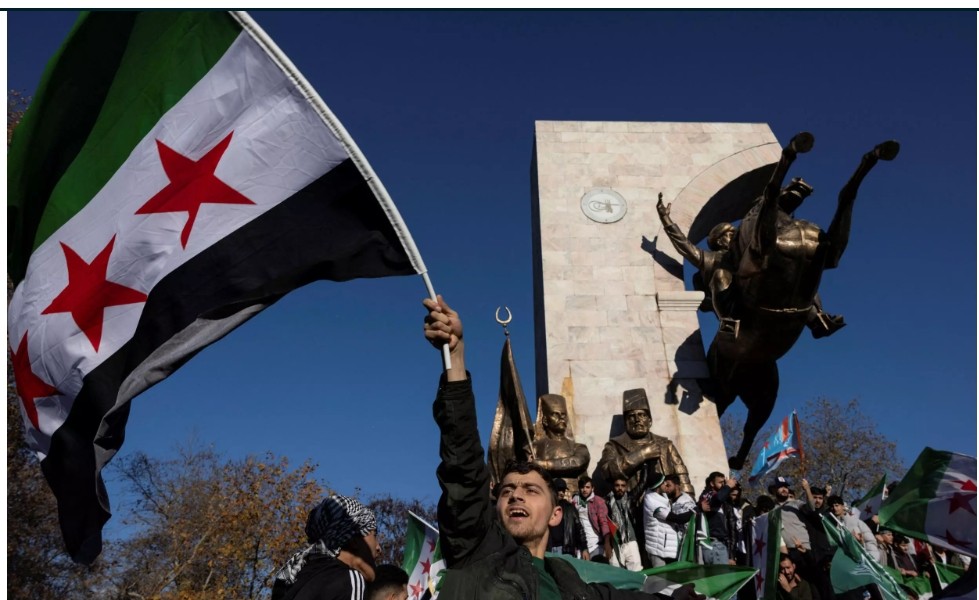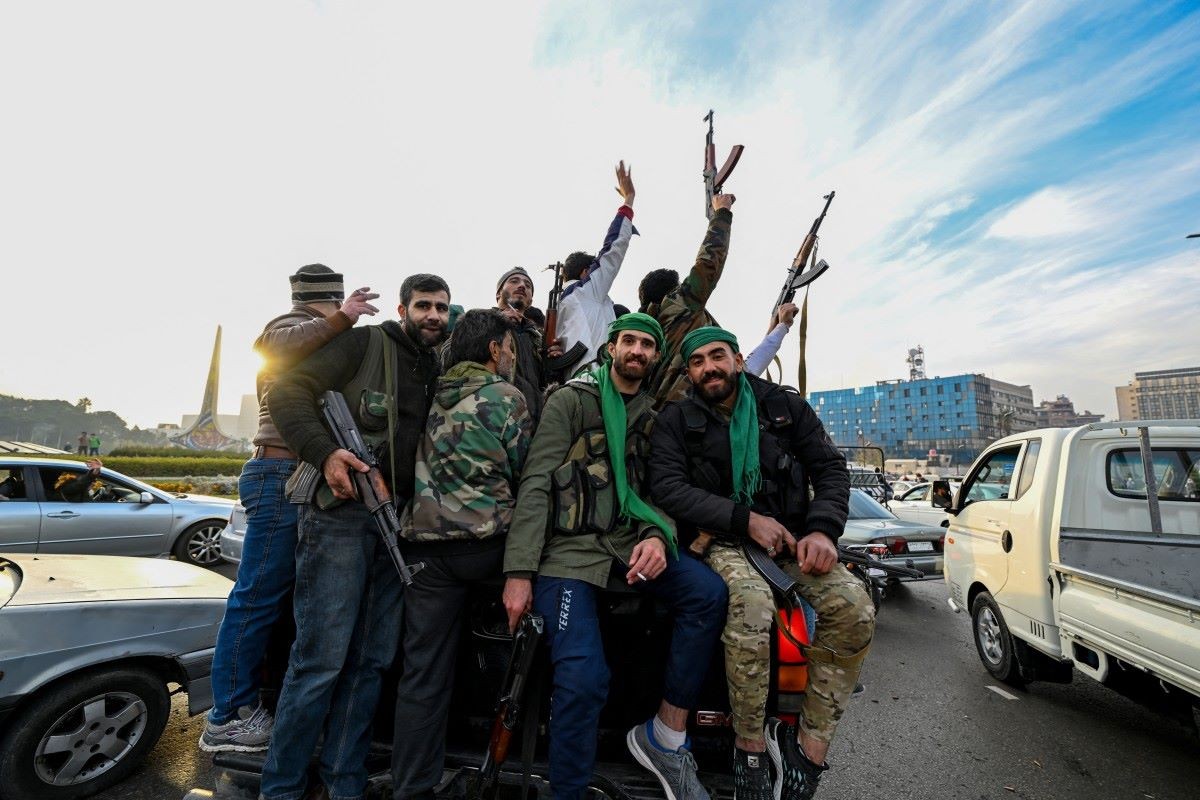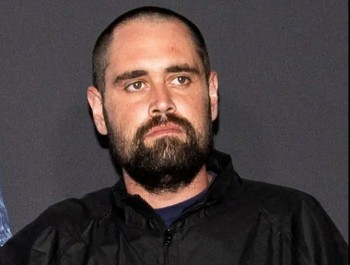The Syrian Civil War: What is the current situation in Damascus?
Rebel groups, including the Islamist Hayat Tahrir al-Sham (HTS), have launched large-scale offensives, marking the most intense fighting in years. This conflict underscores ongoing challenges for the Assad regime, which is grappling with military setbacks, international scrutiny, and domestic instability.
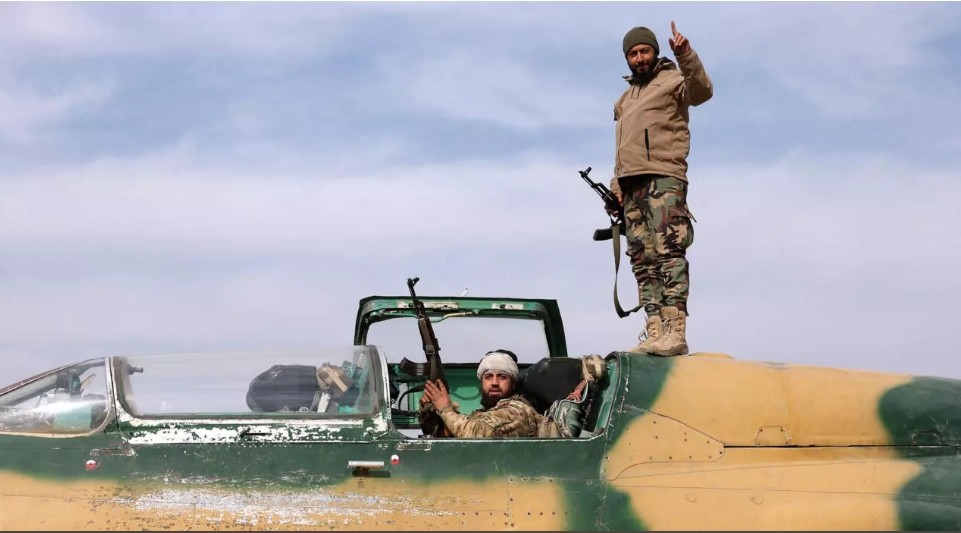 |
| Rebels of the Islamist Hayat Tahrir al-Sham (HTS) group, engaged in a stunning offensive against the Syrian government |
| The head of a Syrian opposition war monitor said that President Bashar Assad left the country for an undisclosed location, fleeing ahead of insurgents who said they had entered Damascus after a stunning advance across the country. |
Recent Developments
Rebel Advances
On November 27, 2024, HTS and allied factions, supported by Turkish-backed Syrian National Army forces, launched "Operation Deterrence of Aggression." This campaign targeted pro-government Syrian Arab Army (SAA) positions in Aleppo, Idlib, and Hama, responding to increased shelling by Assad's forces. The offensive led to the capture of key territories, including most of Aleppo by November 29 and Hama by December 5. Rebels have since advanced toward Homs and the outskirts of Damascus, threatening the Assad regime's stronghold.
Strategic Gains
Rebel groups have disrupted regime supply lines and captured significant infrastructure, including airports and military bases. The rapid disintegration of pro-government forces in several regions has allowed the opposition to consolidate power in northern and central Syria.
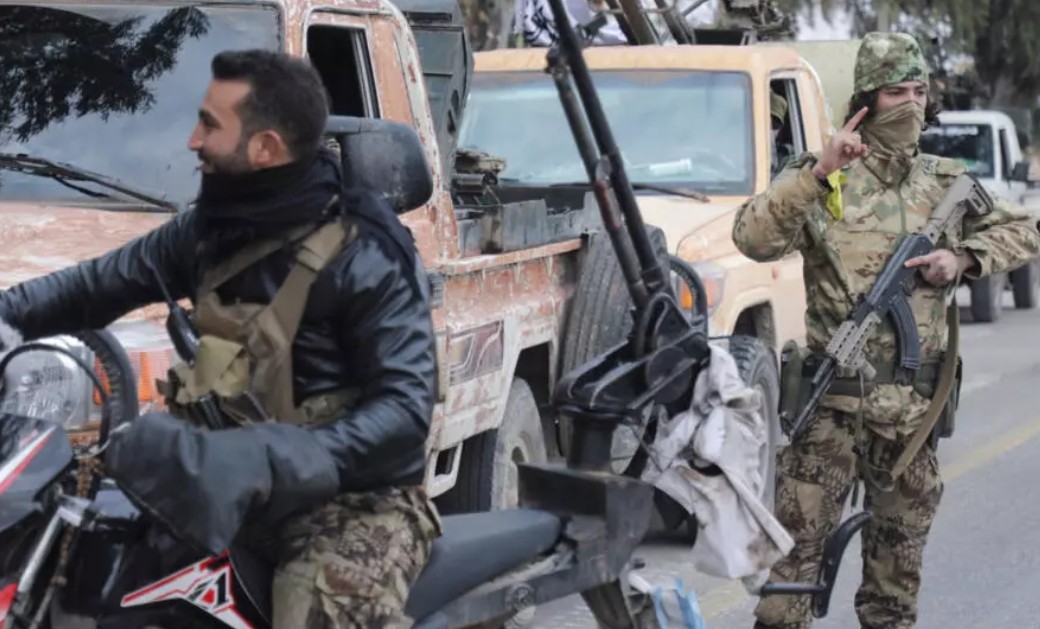 |
| Rebels tell Syrians abroad to return to 'free Syria' |
Airstrikes and Civilian Impact
The Syrian government, with Russian support, has intensified airstrikes in northwestern Syria, targeting rebel-controlled areas. At least 25 civilians were killed in airstrikes on December 1, highlighting the ongoing humanitarian toll.
Key Players
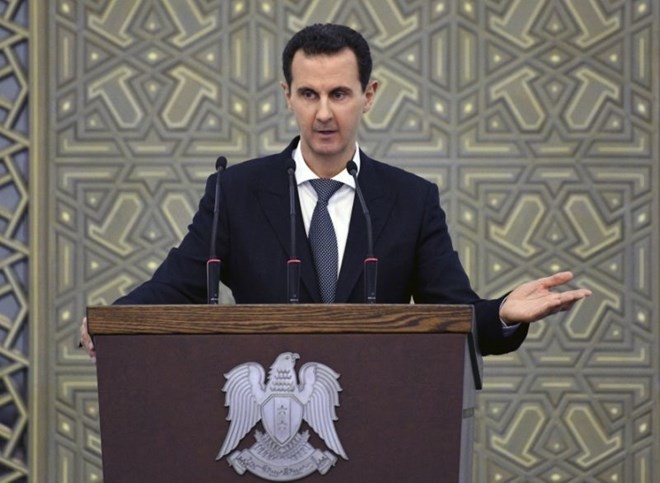 |
| The head of Syria's main opposition group abroad Hadi al-Bahra Syrian said on Sunday that Damascus is now "without Bashar al-Assad". |
Bashar al-Assad's Regime
Despite international isolation, Assad's government retains control over parts of western Syria, including the capital Damascus. However, the recent offensives have severely tested the regime's capacity to maintain authority. Assad’s forces are relying on Russian and Iranian support to counter the rebels.
Hayat Tahrir al-Sham (HTS)
HTS, formerly linked to al-Qaeda, is the most powerful rebel faction in Syria. It has capitalized on widespread dissatisfaction with the Assad regime, leading the current offensive alongside other opposition groups. HTS aims to establish control over northern and central Syria.
Kurdish Forces
The Syrian Democratic Forces (SDF), dominated by Kurdish factions, have also been active, seizing territories in northeastern Syria. Their involvement adds complexity to the conflict, given their previous cooperation with U.S. forces against ISIS.
Timeline of Key Milestones (2024)
- March: Tensions rise as government forces intensify operations in Idlib.
- November 27: HTS launches "Operation Deterrence of Aggression."
- November 29: Rebels capture Aleppo, marking a significant victory.
- December 5: Hama falls to opposition forces.
- December 7-8: Rebels approach Damascus, entering its outskirts.
Numbers at a Glance
- Deaths in recent airstrikes: Over 25 civilians.
- Displaced persons in 2024: Estimated 1.5 million.
- Rebel factions involved: Over 80, led by HTS and allied groups.
- Regions under opposition control: Significant parts of northern and central Syria.
FAQs
What is the current situation in Damascus?
Rebels have reached the outskirts of Damascus, threatening the Assad regime's hold on the capital. Fighting continues in suburban areas.
What role does Russia play in the conflict?
Russia remains a key ally of Assad, providing air support and military aid. Its involvement has been critical in slowing rebel advances.
What is the international response?
The international community, including the U.S. and UN, has called for a ceasefire and increased humanitarian aid. However, geopolitical divisions have limited effective intervention.
What are the humanitarian implications?
The conflict has displaced millions and left civilians in rebel-held areas vulnerable to airstrikes and shortages of food, medicine, and shelter.
| The Syrian Civil War remains one of the world's most complex and devastating conflicts. The recent resurgence of rebel offensives signals a shift in the war's dynamics, further complicating prospects for peace. As the situation unfolds, the humanitarian cost continues to rise, highlighting the urgent need for international efforts to address the crisis. |


